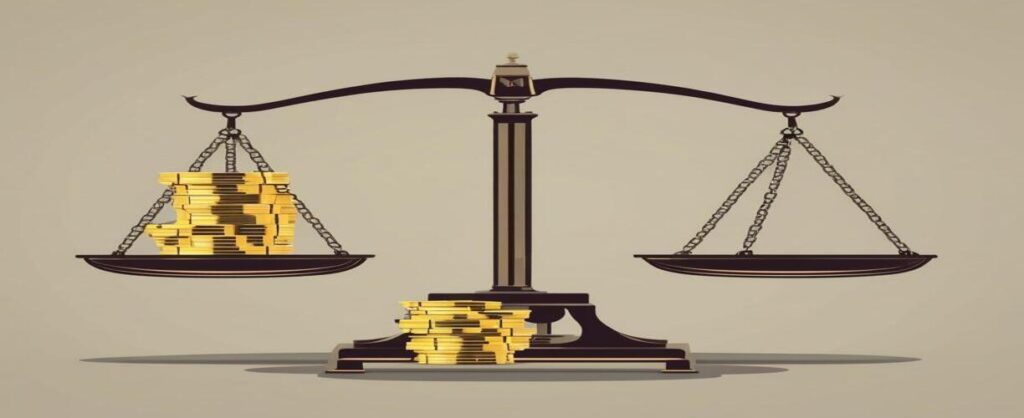www.wealthifyusafinanceblog.com
Loans and debts are fundamental concepts in personal finance and business. Here’s a brief overview:
Loans
A loan is a sum of money borrowed from a lender that must be repaid with interest over a defined period. Loans can be classified into several types:
- Secured Loans: Backed by collateral (e.g., a mortgage) which the lender can claim if the borrower defaults.
- Unsecured Loans: Not backed by any collateral (e.g., personal loans or credit cards), generally carrying higher interest rates due to the increased risk for lenders.
- Installment Loans: Paid back in fixed amounts over time (e.g., auto loans, student loans).
- Revolving Credit: Allows the borrower to borrow up to a predetermined limit and make payments at their discretion (e.g., credit cards).
Debts
Debt refers to the amount of money borrowed that is still owed to the lender. It can accumulate through loans, credit purchases, and other obligations. Common types of debts include:
- Consumer Debt: Incurred through personal loans, credit cards, and retail financing.
- Mortgage Debt: Secured by real estate property, usually the home.
- Student Loan Debt: Borrowing incurred for educational purposes, often with flexible repayment options.
- Business Debt: Incurred to fund business operations or expansion.

Understanding Debt and Loan Terminology
Understanding debt and loan terminology is essential for managing your personal or business finances effectively. Here are key terms related to debt and loans that you may encounter:
### 1. **Debt**
– An amount of money borrowed by one party from another, typically requiring repayment with interest.
### 2. **Loan**
– A specific type of debt where a lender provides money to a borrower, to be repaid over time, usually with interest.
### 3. **Principal**
– The original sum of money borrowed in a loan or the amount of debt remaining before interest.
### 4. **Interest**
– A charge for the privilege of borrowing money, expressed as a percentage of the principal. It can be calculated as simple or compound interest.
### 5. **Annual Percentage Rate (APR)**
– The total cost of borrowing expressed as a yearly interest rate, including both the interest rate and any fees or additional costs associated with the loan.
### 6. **Term**
– The length of time over which the loan must be repaid, which can range from months to several years.
### 7. **Amortization**
– The process of spreading out a loan into a series of fixed payments over time, allowing for gradual repayment of both principal and interest.
### 8. **Collateral**
– An asset pledged by the borrower to secure a loan. If the borrower defaults, the lender can seize the collateral to recover their losses.
### 9. **Secured Loan**
– A type of loan that is backed by collateral, which reduces the lender’s risk. Examples include mortgage loans and auto loans.
### 10. **Unsecured Loan**
– A loan that is not backed by collateral, making it riskier for lenders. Examples include personal loans and credit cards.
### 11. **Default**
– The failure to repay a loan according to the agreed-upon terms. Defaulting can lead to serious consequences, including damage to credit scores and collection actions.
### 12. **Credit Score**
– A numerical representation of a borrower’s creditworthiness based on their credit history. It helps lenders assess the risk associated with lending money.
### 13. **Underwriting**
– The process lenders use to evaluate the risk of lending to a borrower, which includes assessing creditworthiness, income, and other financial factors.
### 14. **Debt-to-Income Ratio**
– A comparison of an individual’s monthly debt payments to their gross monthly income, used by lenders to evaluate an applicant’s ability to manage debt.
### 15. **Loan Origination Fee**
– A fee charged by a lender for processing a new loan application, typically expressed as a percentage of the loan amount.
### 16. **Grace Period**
– The time after a payment due date during which a borrower can make a payment without incurring a penalty or defaulting on the loan.
### 17. **Refinancing**
– The process of replacing an existing loan with a new one, often to obtain a lower interest rate or change the loan term.
### 18. **Prepayment Penalty**
– A fee charged by some lenders if a borrower pays off their loan early, recovering some of the lost interest income.
### 19. **Lines of Credit**
– A flexible loan option that allows borrowers to access funds up to a certain limit, repaying only the amount used. Credit cards and home equity lines of credit (HELOCs) are common examples.
### 20. **Debt Consolidation**
– The process of combining multiple debts into a single loan or payment plan, often to secure a lower interest rate or to simplify payments.
Understanding these terms can aid borrowers in making informed decisions when taking out loans, managing debt, or seeking financing. If you encounter any unfamiliar terms, don’t hesitate to ask lenders or financial advisors for clarification.
